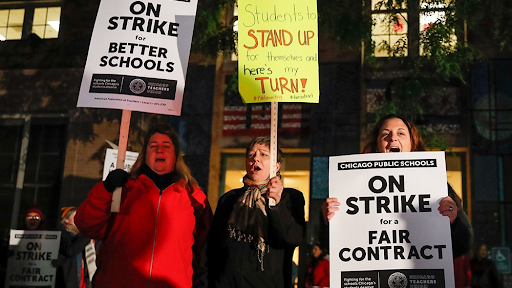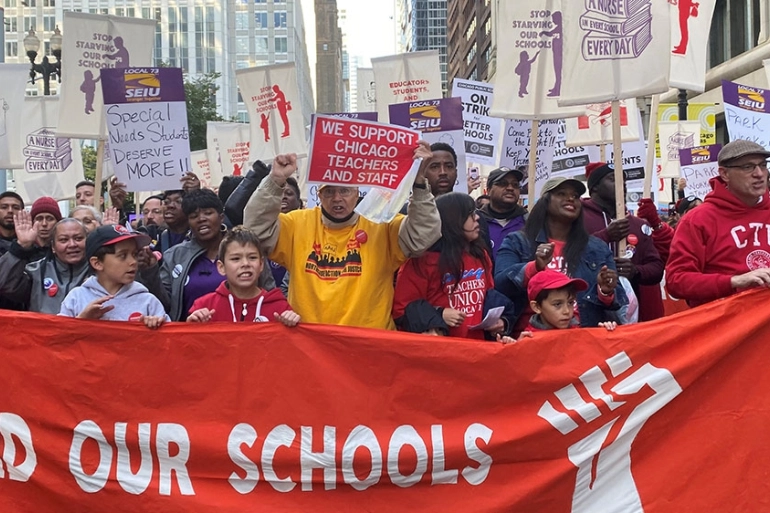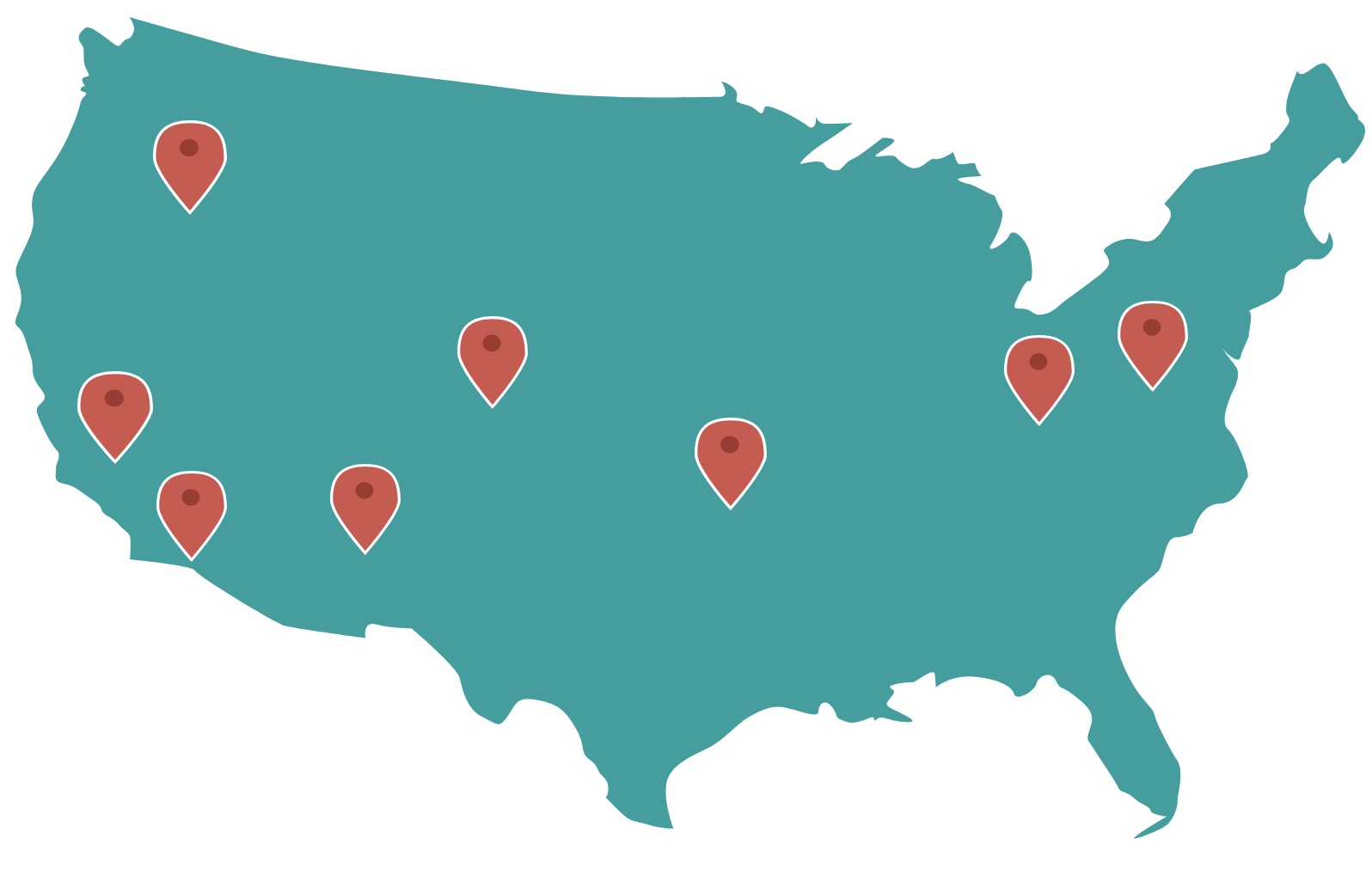
In harsh conditions and cold weather, the union was still eager to strike for 11 days in 2019 for their members and students, exhibiting their dedication to the cause. (Krzaczynski, 2019)
Since its formation, the CTU has not only fought for improved conditions, but also advocates for equal, diverse, and quality public education. It influenced unionized teacher communication throughout America, and continues to embolden teachers to fight for reform.

In harsh conditions and cold weather, the union was still eager to strike for 11 days in 2019 for their members and students, exhibiting their dedication to the cause. (Krzaczynski, 2019)
Instead of striking solely for members’ benefits like in the 1930s, the CTU went on to participate in civil rights, feminism, and occupy movements, all to create better futures for their students (Hagopian, 2012).
Chicago teachers and parents, emboldened by the CTU’s history of teachers’ strikes and the civil rights movement, organized strikes in the 1960s to achieve educational equality. They aspired to rid black schools of wagon “classrooms” and attain proper resources (Ruder, 2020). With teachers in black neighborhood schools being on average less experienced, black students suffered, facing a blatantly racist system (Taylor, 2012). In response, African American parents organized the 1963 Chicago Freedom Day in protest, where teachers and students held a boycott against Willis Wagons (Dickson, 2013). Despite their dedicated efforts, the effects of school segregation and years of inadequate funding in Chicago are still strongly felt today (Ruder, 2020).
“When a Black school that was close to a white school
became overcrowded, rather than permitting the Black
kids to cross a block and go to the white schools, the Willis Wagons were put up on the campuses of the Black schools
in order to contain them (Lucas as qtd in Blakemore, 2018),”

Teachers protesting for proper resources and supporting other movements while doing so. (O'Brien, n.d.)

Teachers’ unions in West Virginia, California, Arizona, Colorado, Kentucky, and Oklahoma were inspired to protest by the CTU’s 2012 strike, showing how influential the CTU can be (Scott, 2019).
The CTU won collective bargaining rights in 1966 (“CTU History,” n.d.) and striked several times using their newfound power.
The CTU’s 2012 strike inspired several other teachers’ and labor unions across the country, spiking strike numbers significantly in the last decade (Scott, 2019). The CTU’s 2019 strike exemplifies their continuous fight for smaller class sizes and increased salaries (Smith, 2019). These strikes all helped the CTU communicate on behalf of teachers and students to create a better public school system, continuously advocating for the preservation of joy and diverse skill-learning in public schools.
“The U.S. teacher used to be afraid to smoke, chew, cuss or ask for a raise. Now he denounces crowded classrooms, upbraids lawmakers, and goes on strike almost as readily as a dockworker. He even demands a say in things that school boards always considered their sole province. Teacher militancy is busting out all over (“Teachers: The New Militants”, 1963).”
Being the first united, successful teachers’ union in a major city (Lyons, 2008), the CTU revolutionized how teachers liaise, showing teachers and officials nationwide that striking can become effective communication. Just as they did in the past, the teachers of Chicago strike for better pay, conditions, and schools. And as they did in the past, they’re shaping nationwide school reform in the process.